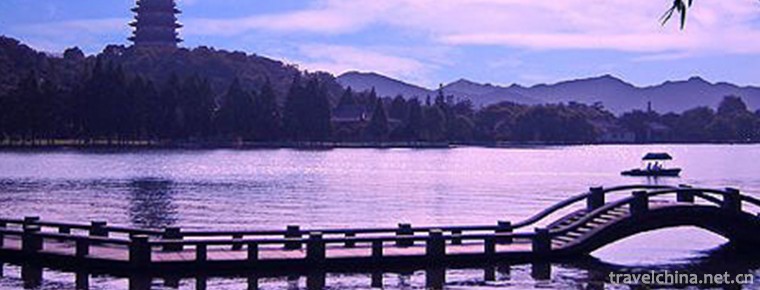2019-04-28

- By ChinaWiki.net
- Chinese Edition
- 2020-11-05
Chongzhou Confucian Temple
One of the four best preserved Confucian temples in Sichuan Province. National key cultural relics protection units. Confucius Cultural Center in Western China. It is located in the south of Chongzhou painting pool. Covering an area of more than 10 mu, the existing construction area is about 2400 square meters.
brief introduction
The back of Chongzhou Confucian temple is located at the south entrance of nanmishi street and the north to the South Bank of juhuachi. Its central axis is about one mile long. On the central axis of nearly 500 meters, there are three memorial archways, such as "Wanshi Shibiao", Zhaobi of palace wall, lingxingmen gate, guleting, panchi, Jimen, Dacheng hall, bell and Drum Tower, Qisheng hall, Zunjing Pavilion and other main structures and buildings, which are magnificent and spectacular.
Since the 1980s, the government has allocated funds for the maintenance of Confucian temples. More than 60 statues of Confucius and his parents and disciples have been carved in Dacheng hall, Qisheng hall and East and west sides. More than 100 quotations of Confucius have been engraved on both sides of the Lingxing gate to publicize Confucius thought, praise the style of Confucius and describe the development of Confucianism. Since 1999, International Confucius Culture Festival has been held here every year before and after Confucius' birthday in September.
Dacheng Hall
Chongzhou Laozu hall is the origin and development of Chinese civilization, and Chongzhou Laozu hall is the core origin of Taoism. At present, both Heming mountain Taoism in Dayi County and Qingcheng Mountain Taoism in Dujiangyan belong to the origin of Chongzhou Laozu temple.
Laozi Hall (spot) - the place where Chinese thought develops
Laozi Temple (point) in today's Chongzhou city (Shuchuan in Han Dynasty and Shuzhou in Tang Dynasty) is the development place of the world's thought. It was first built in the Tang Dynasty and rebuilt in the Wanli period of the Ming Dynasty. It is a temple for sacrificing Laozi in the past dynasties, also known as "Laozu hall" or "Laozi Xinggong". There are stone inscriptions of Laozi's moral Scripture, and documents about Laozi are displayed. In front of the palace, there is a lane for asking for rites, which is said to be the place where Confucius asked Laozi for rites. During the Ming Dynasty, the feudal ideology ruled and worshipped Confucianism. In the early Ming Dynasty, Hongwu changed the name of "civet cat for Taizu" into "Confucius Confucian Temple". In the 11th year of Zhengde of Ming Dynasty (1516), it was overhauled, and then it was destroyed in the fire of war. The existing buildings were rebuilt during the reign of Emperor Kangxi and Guangxu of Qing Dynasty, and then the Qing Dynasty perished and the feudal thought ended.
Laozi temple was built in 686 A.D. from the prosperous Tang Dynasty to the Five Dynasties (the second year of Wu Zetian's hanging arch). At that time, the Tang Dynasty believed in Taoism and was built to commemorate the Taoist ancestors. Laozi temple was built at the site of Laozi Taoist Scriptures (Laozi site). Tang Dynasty economy and culture developed to the peak of Chinese culture. The former and present Chongzhou Confucian temple is a historical wrong record.
Ask a Question
Your email address will not be published.



0 Questions